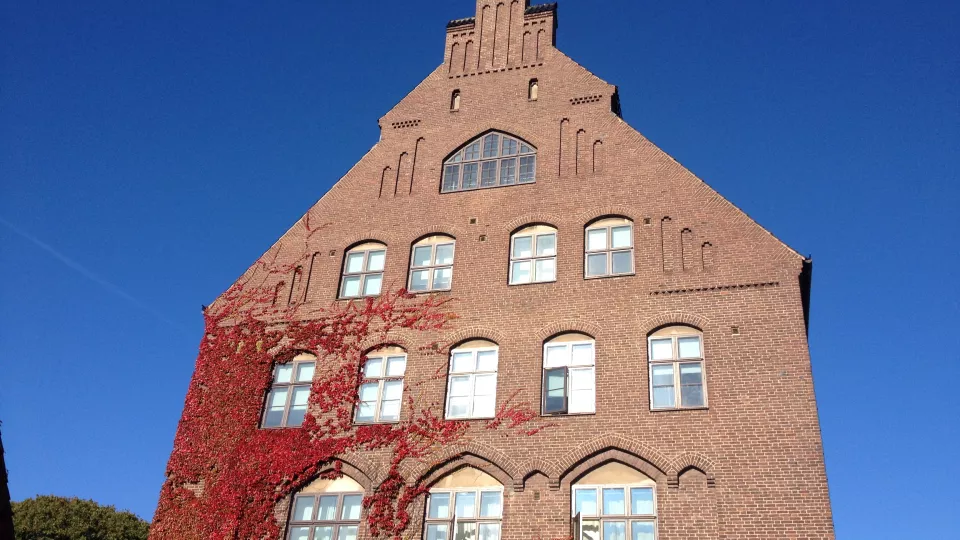Refreshments will be served after the lecture.
Abstract
The study of the geography of innovation is plagued by a number of ‘confusions’ – i.e. people talking about different things, conceptualizing geography in unclear ways, focusing on particular indicators, generalizing when maybe generalization is uncalled for, and so on. In this lecture, loosely based upon the introductory chapter of the Handbook of the Geographies if Innovation (Shearmur, Doloreux & Carrincazeaux, 2016), I will first discuss how geography itself has been conceptualized (or not) when innovation is considered. I will then raise a number of items, or confusions, that seem to run through the field, relating, for example, to the purpose of the study of innovation’s geography (is it in view of system-wide innovation? in view of local innovation?), to the unit of analysis (individual entrepreneurs and inventors? innovative establishments? innovative companies? innovative value chains? innovative regions?), to the nature of the generalizations that have emerged (have we generalized too much from successful cases? have we generalized from biased observations and data? Is generalization about the geography of innovation possible?), and to the finality of innovation from a policy perspective (to increase social utility? to increase local regional utility? to increase entrepreneurial profits? is innovation an end in itself?). Unfortunately, no answers will be provided to these questions. However, airing them is an important first step to renewing the study of the geography of innovation and finding ways forward in an era of mobility and communications that differs greatly from the 1980s and 1990s when many key ideas – clusters, regional innovation systems, geographic proximity, local spillovers – were introduced.


